
One year has elapsed since the streets of Pakistan were overtaken by a wave of chaos and destruction, marking a dark day in the annals of the nation’s history. The 9th of May riots, triggered by a fervent and politically charged public, became a symbol of horrific vigilantism that has since been etched into the collective memory of the country. The tumult was not merely a spontaneous outburst but rather a culmination of deep-seated unrest, influenced by the rhetoric and commands of a charismatic leader, Imran Khan, the ousted prime minister whose calls to action resonated with a significant segment of the population.
As we reflect on this day, it is crucial to understand the nature of the events that unfolded. The riots were characterized by a frightening level of zeal and aggression as thousands of supporters took to the streets, clashing with security forces and targeting state infrastructure. The air was thick with smoke from burning tires and vandalized properties, a clear message of dissent against what was perceived as an unjust usurpation of power. The violence resulted in substantial property damage, loss of life, and a profound disruption of daily life, leaving a scar on the psyche of the nation.
It is a universally acknowledged principle that the sanctity and security of the state are paramount, warranting decisive action against those who threaten it.
The state, when faced with such internal insurrection, was compelled to respond. It is a universally acknowledged principle that the sanctity and security of the state are paramount, warranting decisive action against those who threaten it. The response was stern: a crackdown on the rioters, arrests of key figures, and a significant law enforcement presence to restore order. This harsh response, while criticized by some as an overreach, was seen by others as a necessary measure to maintain state sovereignty and public safety.
This episode bears a striking resemblance to another incident of political upheaval—the storming of the U.S. Capitol on January 6, 2021. Like the 9th May riots, the Capitol Hill riot was fueled by the provocative appeals of a populist leader, Donald Trump, who refused to concede electoral defeat. On January 13, 2021, the House of Representatives voted 232 to 197 in favor of impeaching Trump on grounds of inciting insurrection. In the aftermath of the attack, over 725 rioters were arrested by the FBI and the Justice Department for various federal offenses, including assaulting law enforcement, damaging government property, and obstructing congressional proceedings. Both events were driven by leaders with a cult-like following, who, having wielded the power of high office, found themselves on the fringes yet retained significant influence over their ardent supporters. Anyone who messes with state sanctity must be dealt with iron hands and there is nothing above state security.
The supporters of Trump, like those of Imran Khan, were convinced of the righteousness of their cause, spurred on by claims of electoral fraud and political betrayal.
The supporters of Trump, like those of Imran Khan, were convinced of the righteousness of their cause, spurred on by claims of electoral fraud and political betrayal. The scenes at Capitol Hill, with rioters breaking through barricades, confronting law enforcement, and desecrating the chambers of democracy, paralleled the chaos witnessed in Pakistan. Both sets of events were not just assaults on physical structures but on the very foundations of democratic governance and public order.
Also Read: The polarization menace
While the attacks of banned outfits on Law Enforcement Agencies (LEAs) and armed forces are unequivocally labeled as terrorism, a pertinent question arises: why would any violent assault on state-owned properties by a frenzied mob be considered a peaceful political protest? This glaring inconsistency underscores the need for a nuanced understanding of the events surrounding the 9th May riots in Pakistan. The 9th May riots were not merely acts of political dissent or peaceful protest; they were blatant displays of lawlessness and an affront to the very fabric of society. The wanton destruction of public and private property, the targeting of state institutions, and military installations cannot and should not be justified under the guise of political expression.
The comparison with terrorist attacks perpetrated by banned outfits on LEAs and armed forces is apt. Just as terrorism seeks to instill fear and undermine the authority of the state through violence and intimidation, the actions of the mob during the 9th May riots aimed to destabilize the nation and erode trust in democratic institutions. Both phenomena represent egregious violations of the rule of law and pose existential threats to the security and sovereignty of the state.
Moreover, the classification of violent attacks on state-owned properties as peaceful political protests sets a dangerous precedent. It emboldens perpetrators to commit further acts of vandalism and destruction under the false guise of exercising their democratic rights. Such impunity not only undermines the authority of law enforcement but also undermines the very foundation of democracy itself.
These incidents serve as a harsh reminder of the fragility of state institutions and the potent force of populist rhetoric in the modern age.
These incidents serve as a harsh reminder of the fragility of state institutions and the potent force of populist rhetoric in the modern age. They underscore the volatile intersection of politics and extreme partisanship, where the line between fervent advocacy and violent insurgence becomes dangerously blurred.
As Pakistan marks the first anniversary of the 9th May riots, it is an opportunity for introspection. Political leaders and their followers must recognize the destructive potential of incendiary rhetoric and the responsibility that comes with influential platforms. Moreover, there is a need for dialogue and understanding to bridge the chasms that have formed within the society. Healing the wounds of such events involves more than just physical reconstruction; it requires building trust and consensus among all stakeholders, reinforcing the principles of democracy and the rule of law.
The opinions shared in this article reflect the author’s personal views and do not necessarily align with the institution’s official stance.
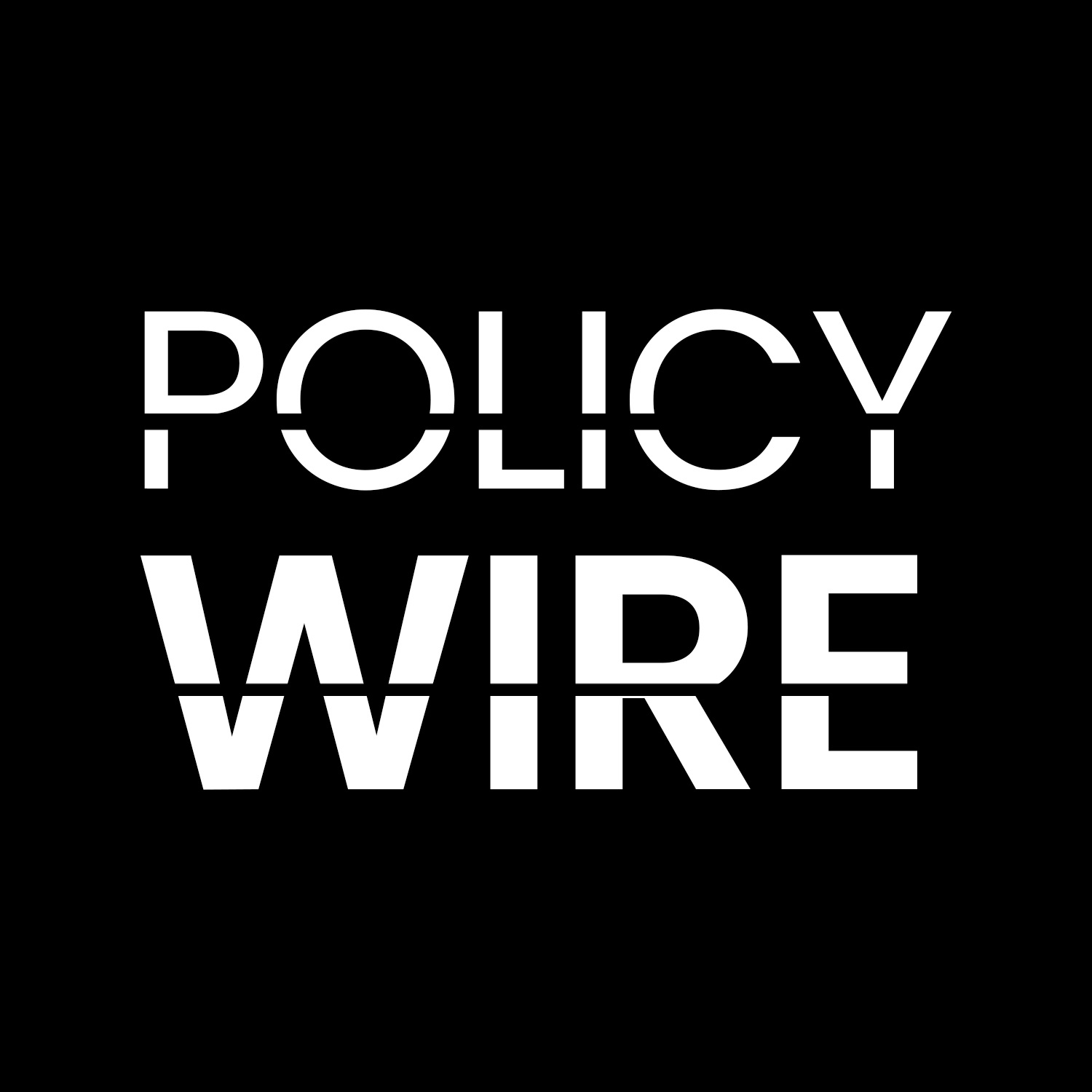
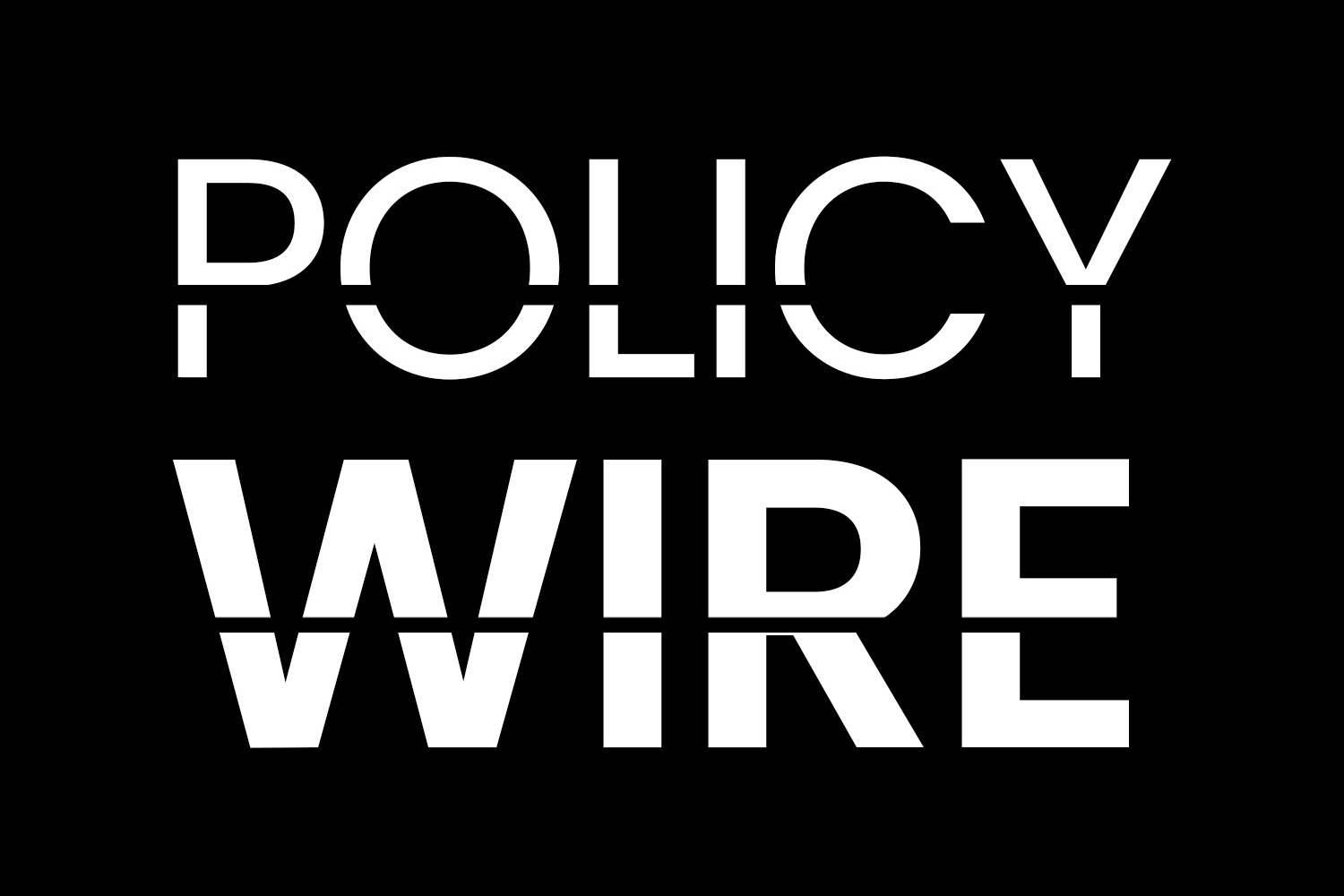


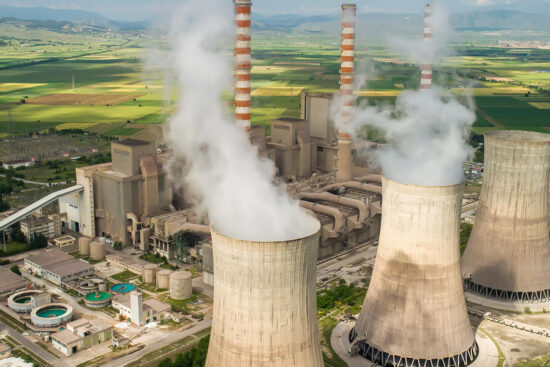
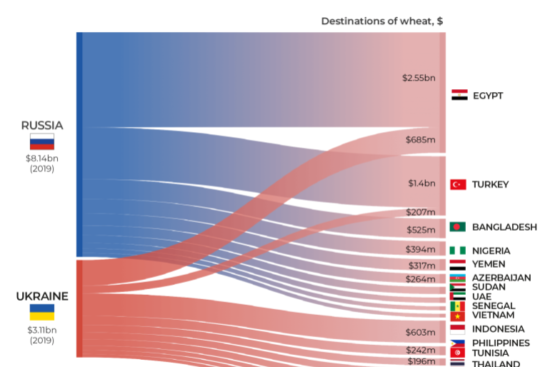
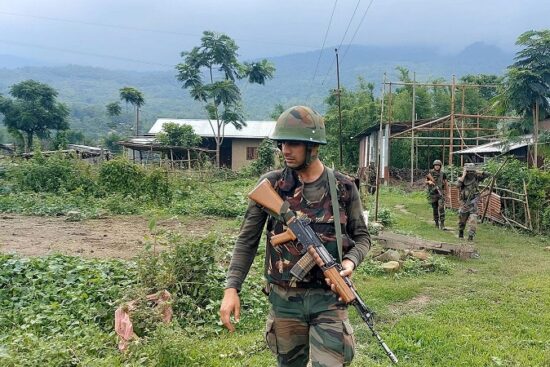
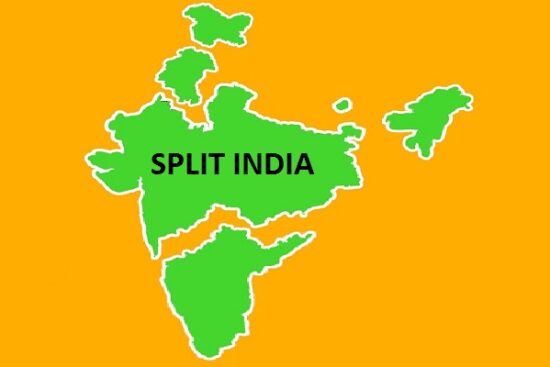
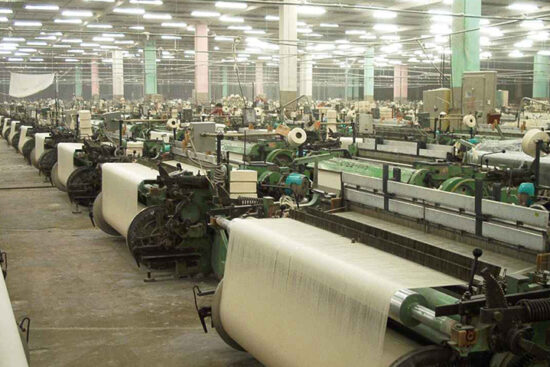









Leave a Reply